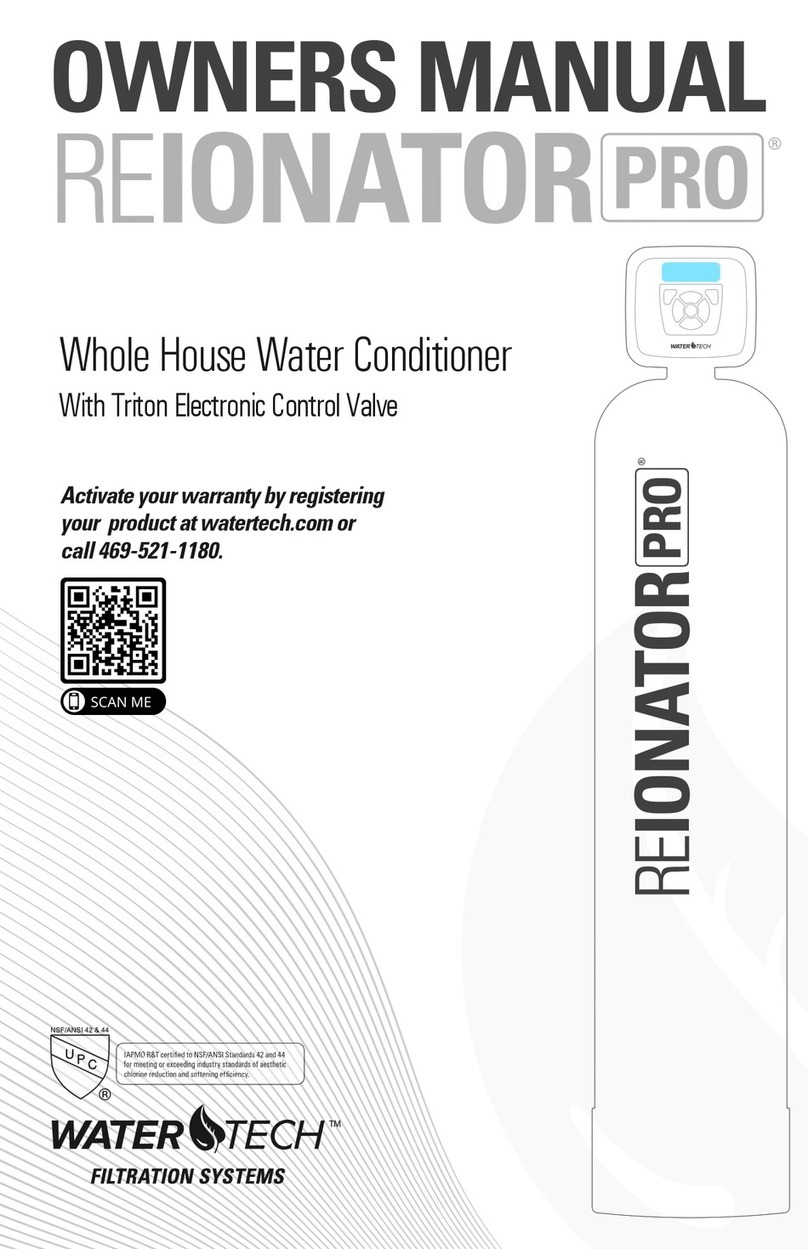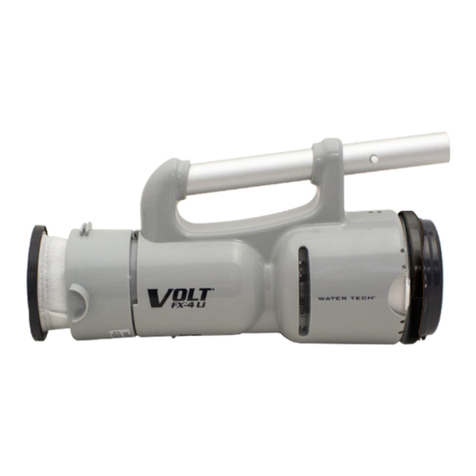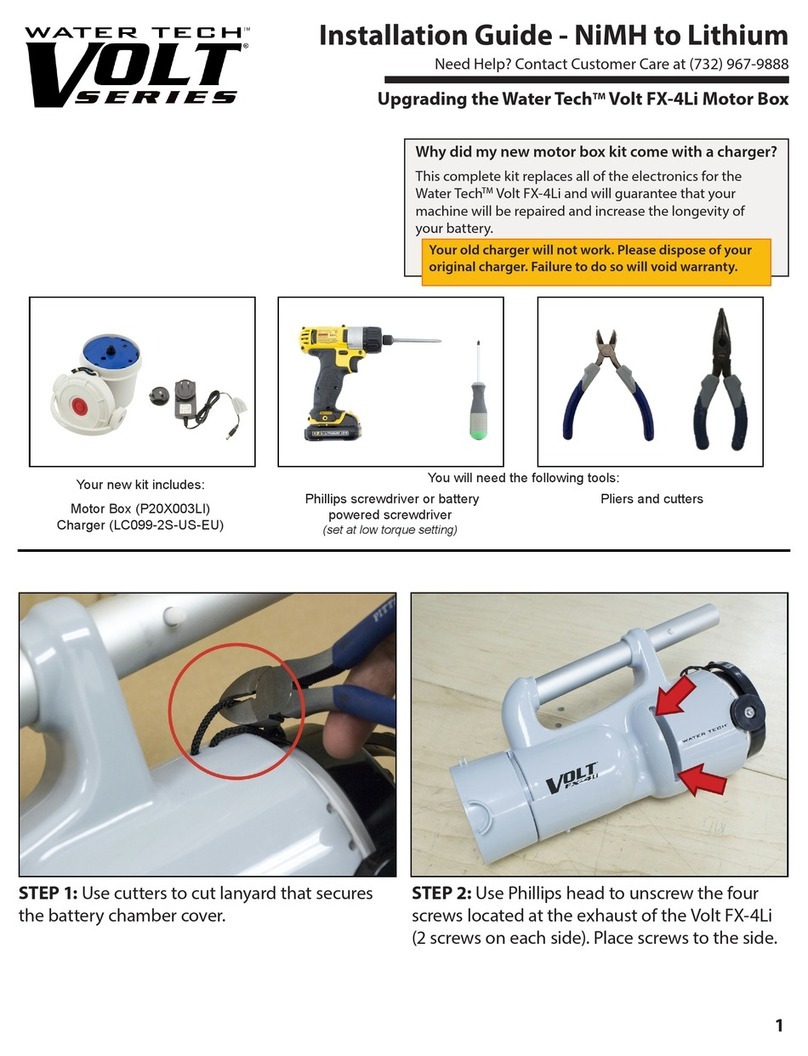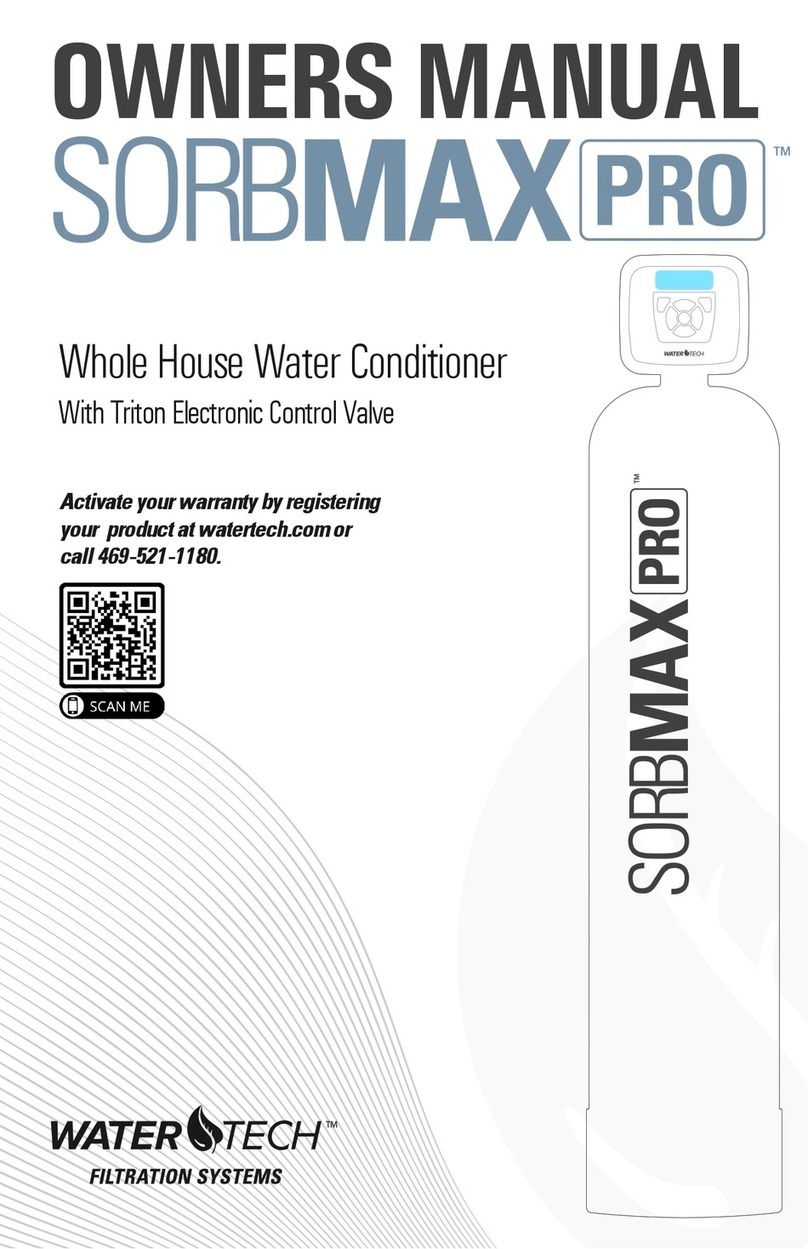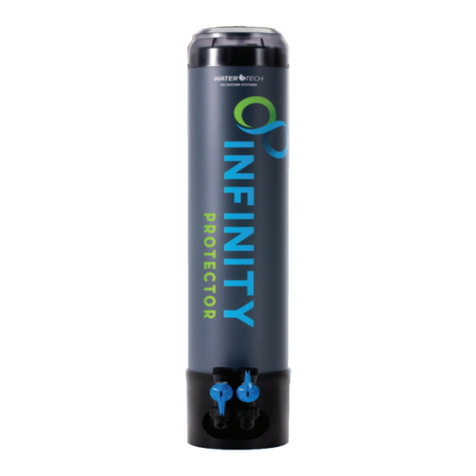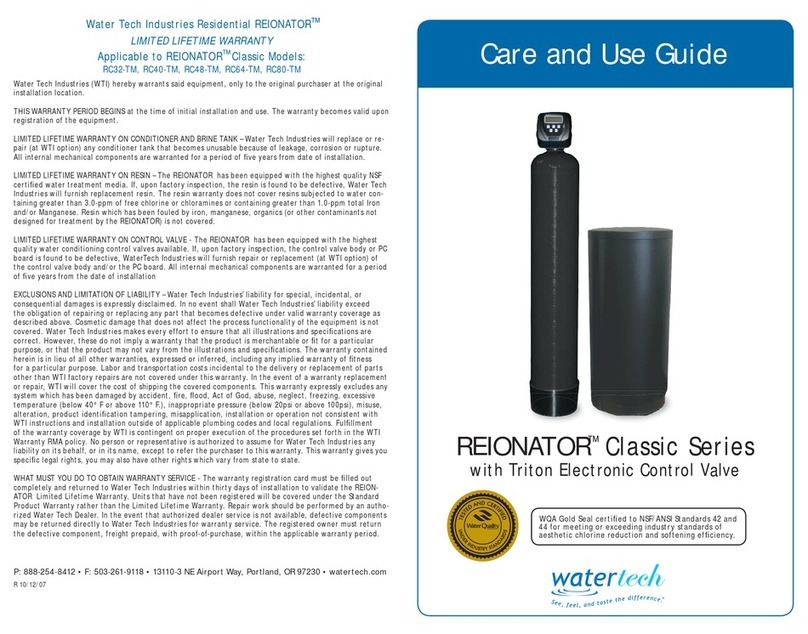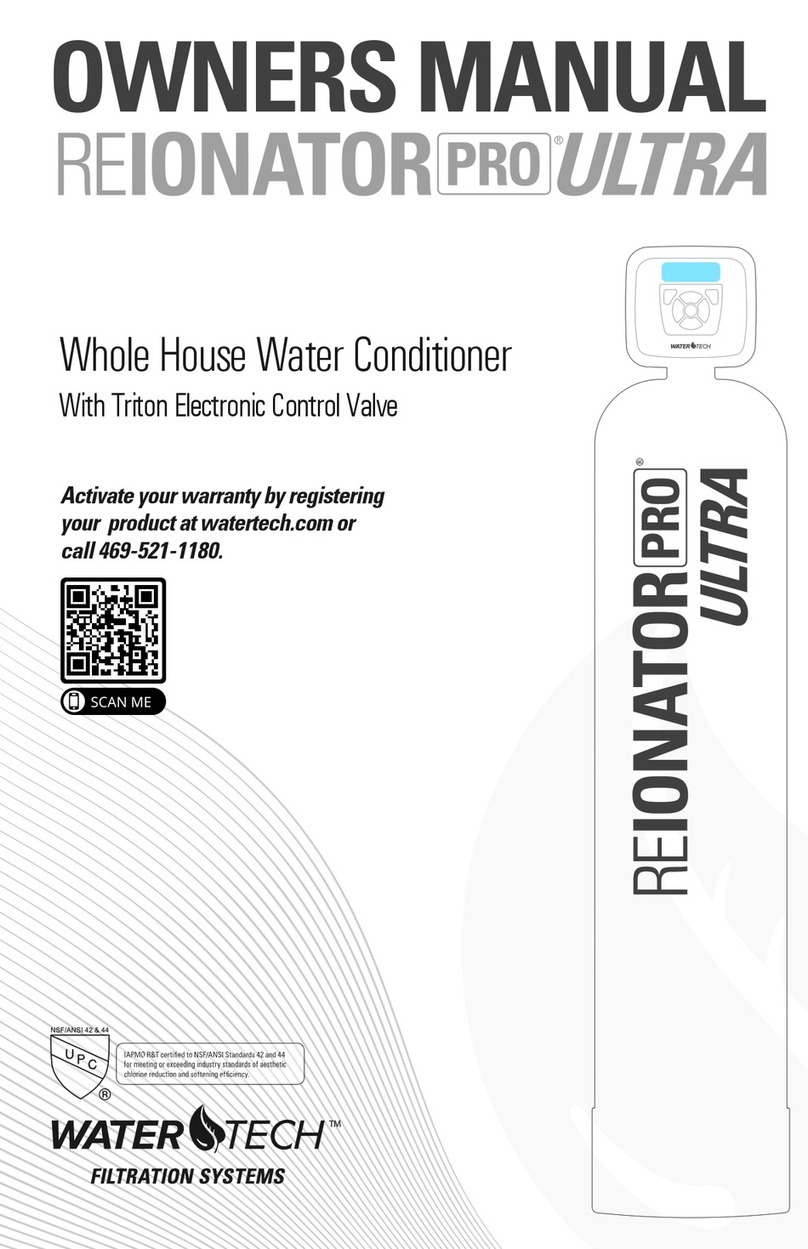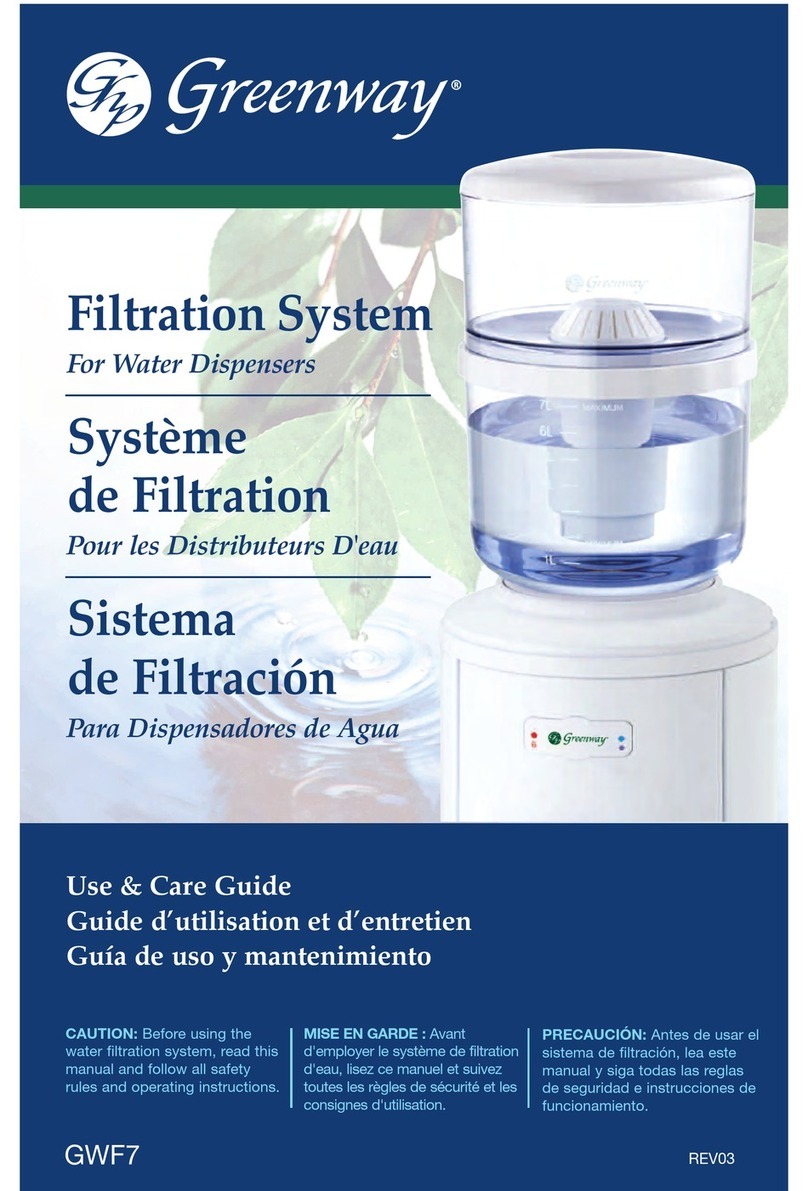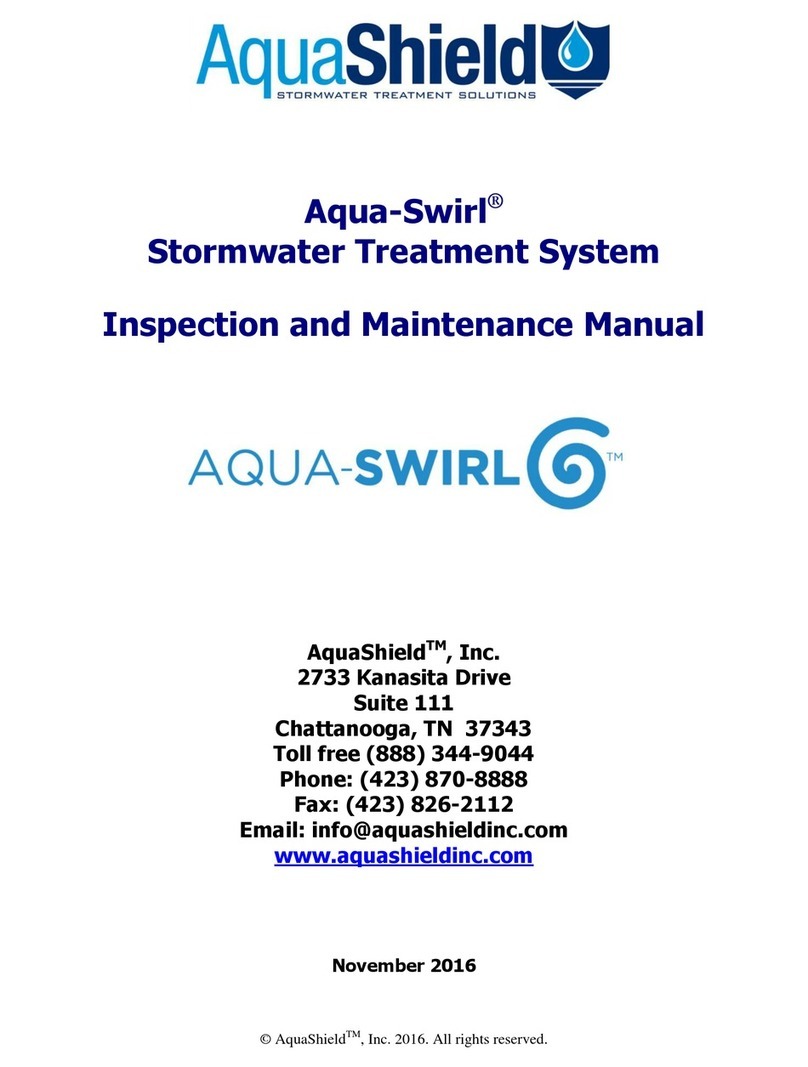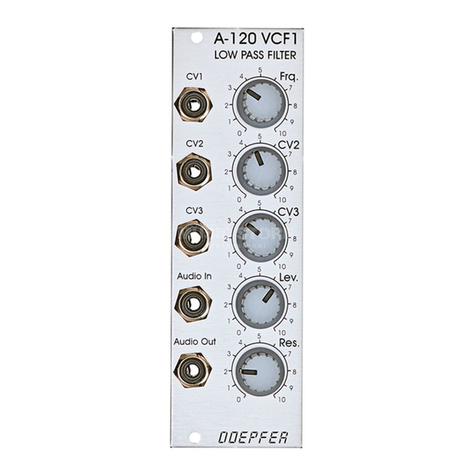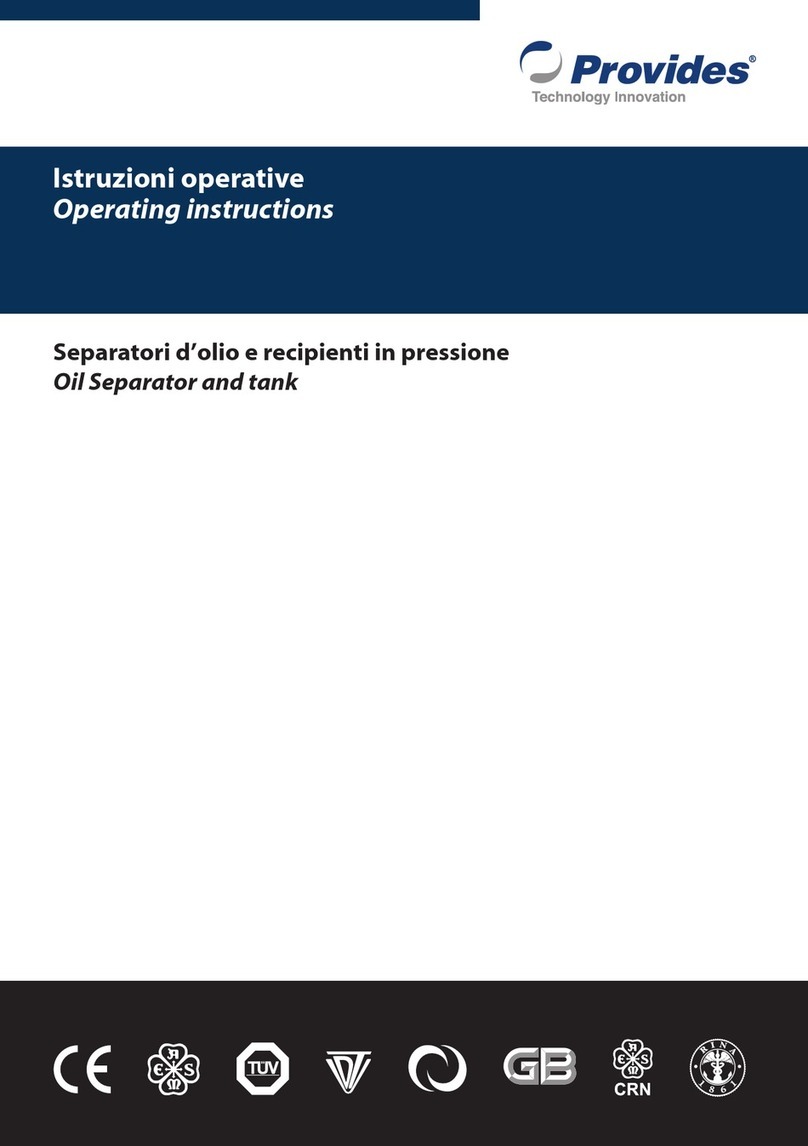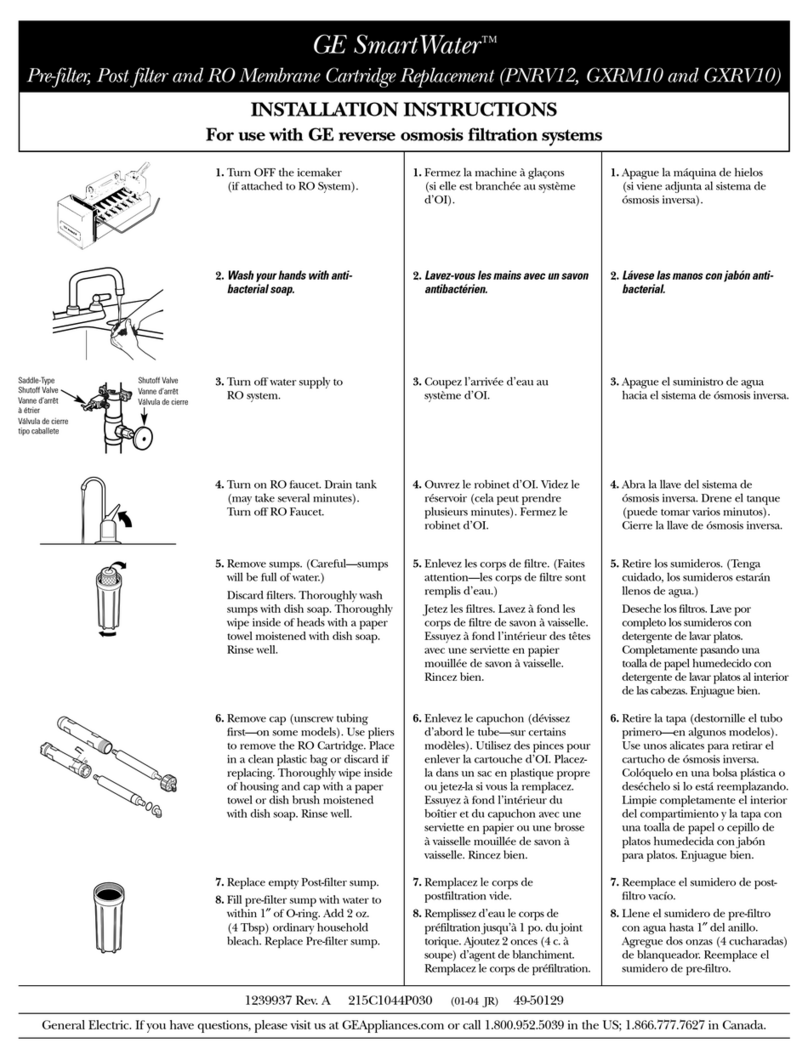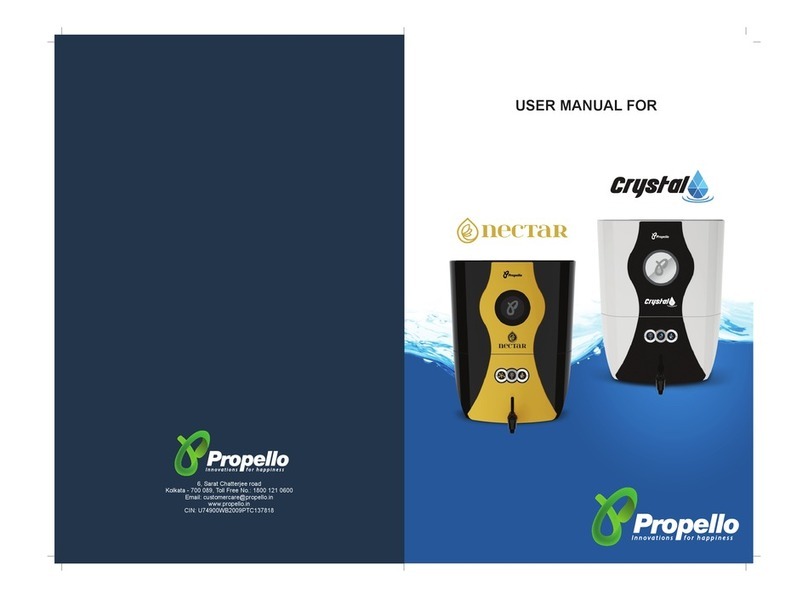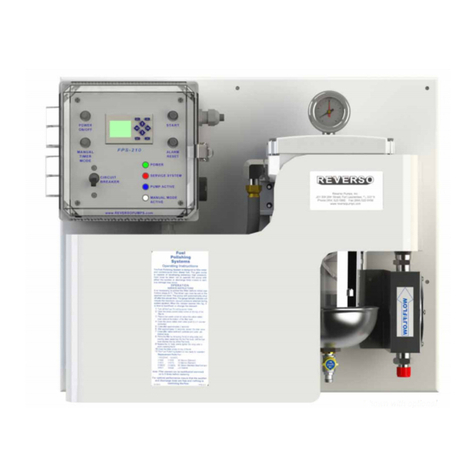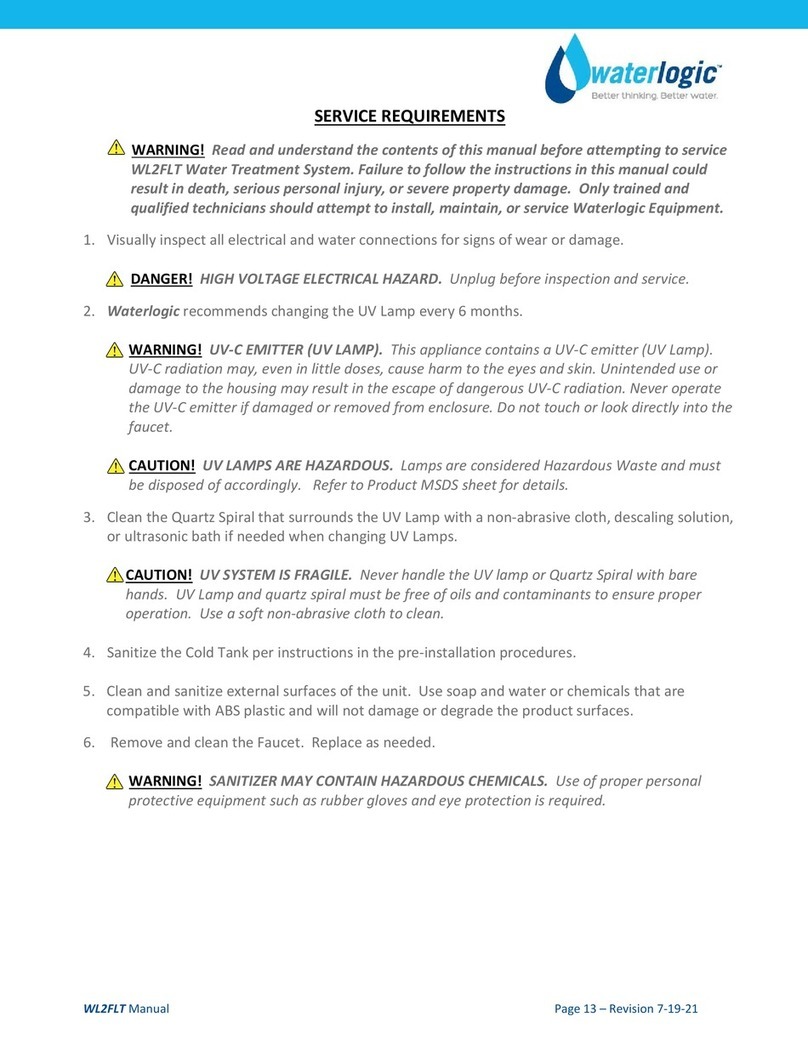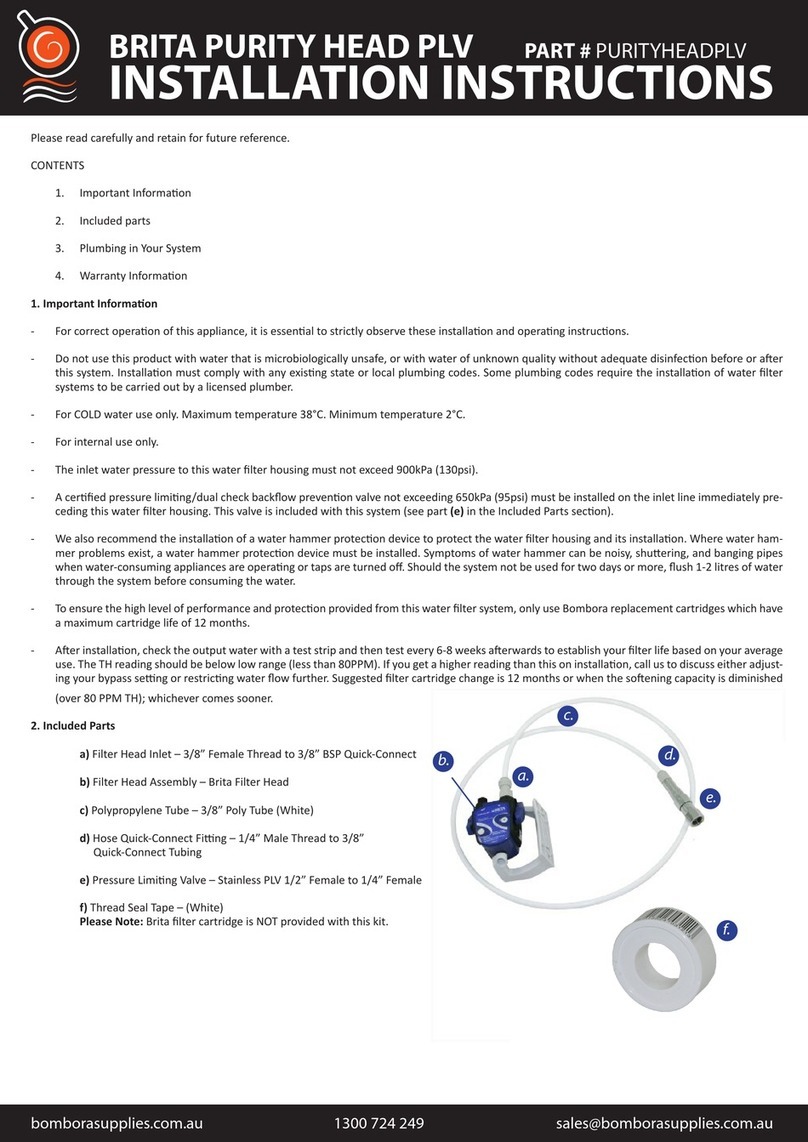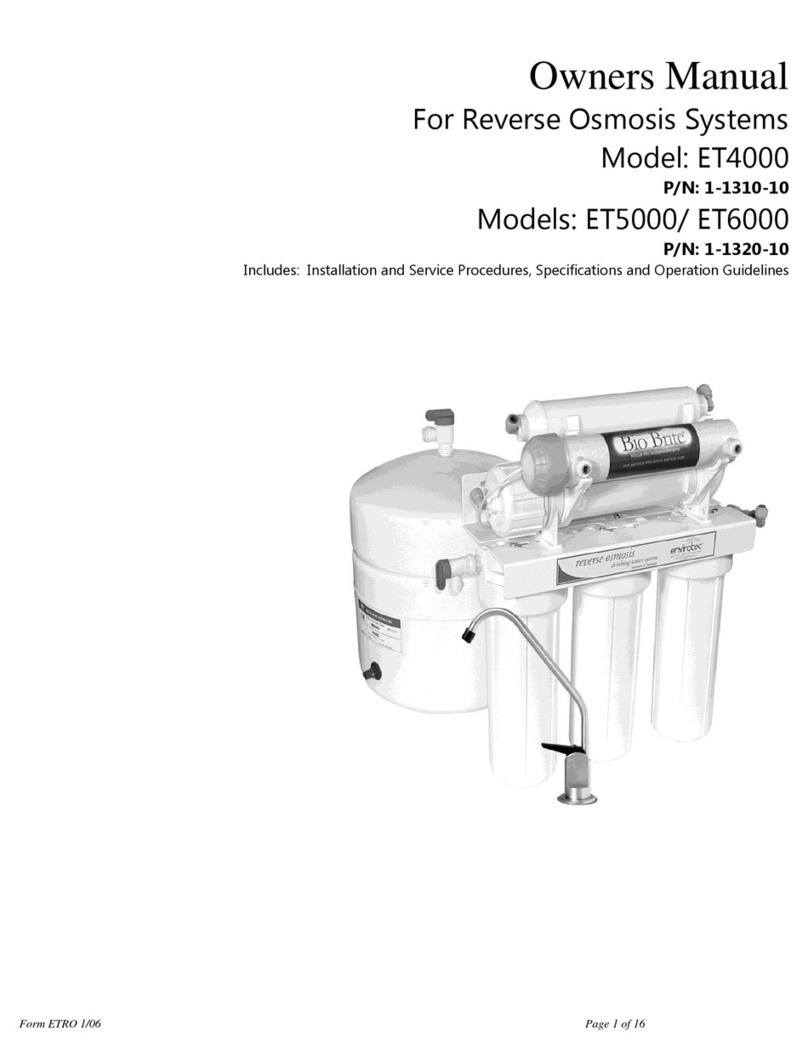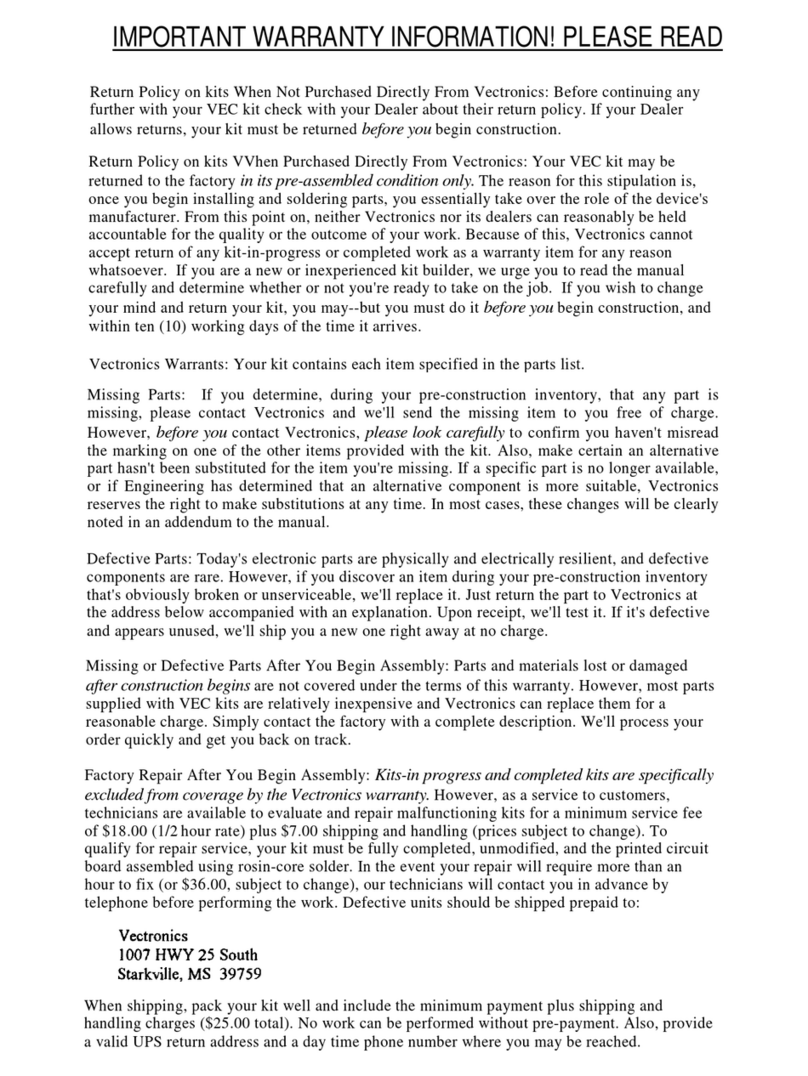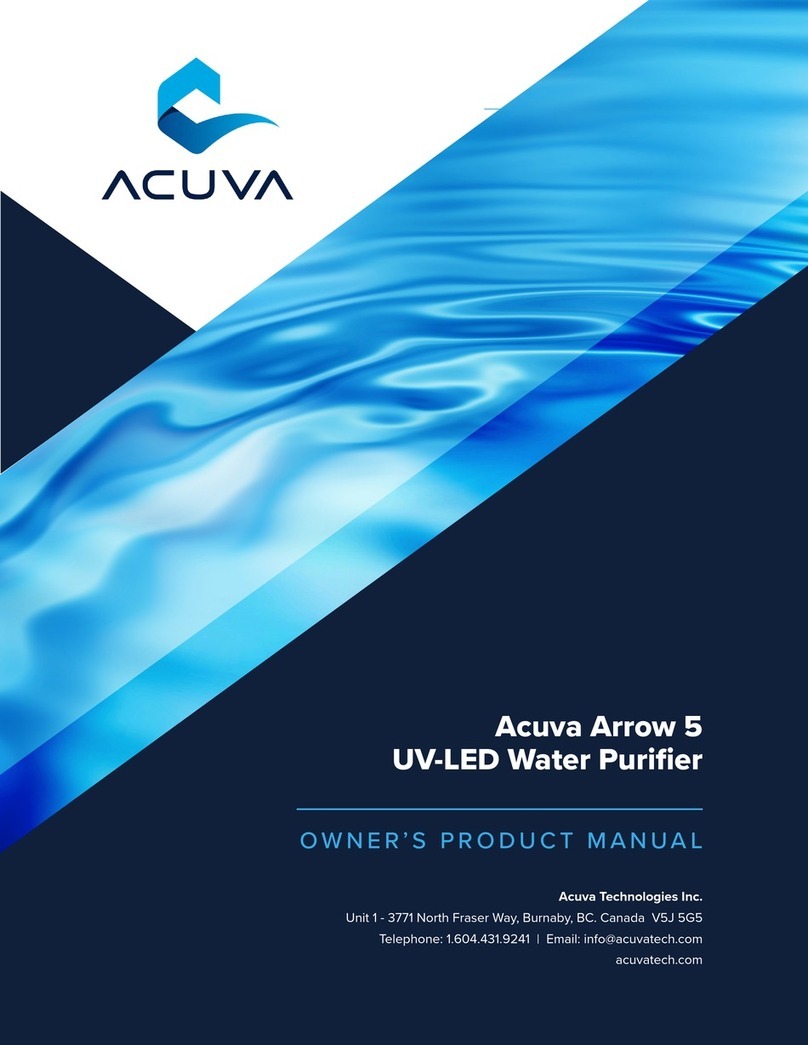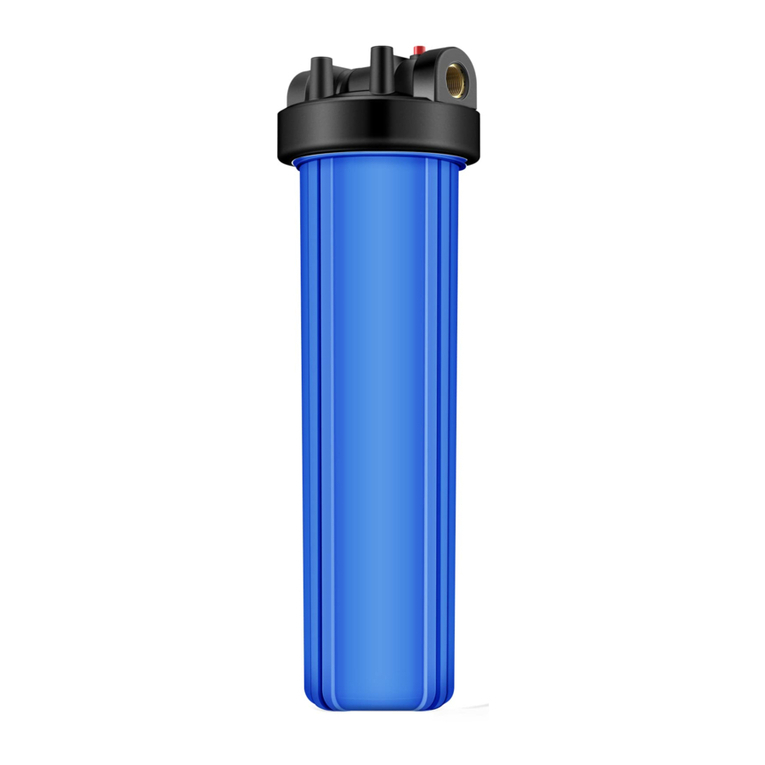
The bypass valve is typically used to isolate the control valve from the plumbing
system’s water pressure in order to perform control valve repairs or
maintenance. The 1" full flow bypass valve incorporates four positions including
a diagnostic position that allows service personnel to work on a pressurized
system while still providing untreated bypass water to the facility or residence.
Its completely non-metallic, all plastic design allows for easy access and
serviceability without the need for tools.
The bypass body and rotors are glass-filled Noryl and the nuts and caps are
glass- filled polypropylene. All seals are self-lubricating EPDM to help prevent
valve seizing after long periods of non-use. Internal o-rings can easily be
replaced if service is required.
The bypass consists of two interchangeable plug valves that are operated
independently by red arrow-shaped handles. The handles identify the flow
direction of the water. The plug valves enable the bypass valve to operate in four
positions.
Refer to corresponding Bypass Valve Instructions on the following page.
Figure 1. Normal Operation Position: The inlet and outlet handles point in the
direction of flow indicated by the engraved arrows on the control valve. Water
flows through the control valve during normal operation and this position also
allows the control valve to isolate the media bed during the regeneration cycle.
Figure 2. Bypass Position: The inlet and outlet handles point to the center of the
bypass, the control valve is isolated from the water pressure contained in the
plumbing system. Untreated water is supplied to the plumbing system.
Figure 3. Diagnostic Position: The inlet handle points in the direction of flow and
the outlet handle points to the center of bypass valve, system water pressure is
allowed to the control valve and the plumbing system while not allowing water
to exit from the control valve to the plumbing.
Figure 4. Shut Off Position: The inlet handle points to the center of the bypass
valve and the outlet handle points in the direction of flow, the water is shut off
to the plumbing system. If water is available, on the outlet side of the softener, it
is an indication of water bypassing the system (i.e. a plumbing connection
somewhere in the building bypasses the system).
STARTING UP THE SYSTEM
10
Make sure the system is in the “Bypass” position before turning the main water
back on. See Bypass Illustrations on page 7.
Make sure the drain line provided is connected securely to the control valve and is
properly located over a drain.
It is recommended that a separate drain line, not provided, is connected to the
overflow elbow on the brine tank and is properly located over a drain.
Make sure the brine line is connected to both the air check in the brine well and
the control valve.
Make sure the control valve is plugged into an operating outlet with the correct
voltage and is properly grounded.
Press and Hold the REGEN button on the Triton until you hear the motor engage.
This will initiate an immediate manual regeneration of the system.
Turn the bypass valve to "diagnostic" mode position (see figure 3 on page 7). (You
should hear water entering the system.) Wait a few minutes to ensure the control
valve can draw water and does not leak.
Valve screen should read FILL with a countdown started. Look inside brine tank to
see water filling the tank above the brine grid at the bottom of the tank. Allow to
complete fill cycle.
The system will automatically advance to the SOFTENING cycle with a countdown
on the screen. Press REGEN to advance to next cycle.
System will now BACKWASH. Allow the system to backwash until the water
going to drain is clear. If everything is working, press and release the REGEN button.
You will hear the motor engage and move the piston into the DRAW position. Check
the brine line for leaks or suction. You should hear the valve drawing brine. Look inside
the brine tank to confirm water level is going down. Once confirmed, press REGEN.
Step 1.
Step 2.
Flushing, Conditioning and Sanitizing
Did you connect the drain line securely to the valve?
Did you connect the brine line securely to the valve?





















